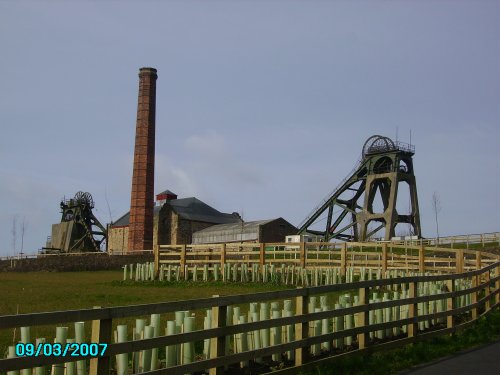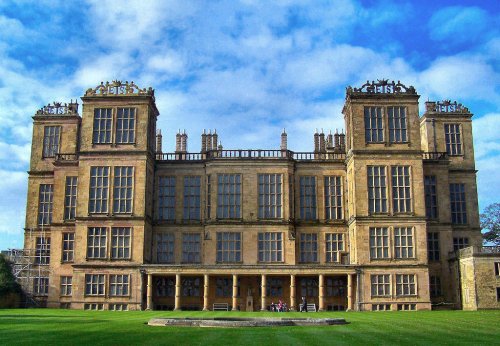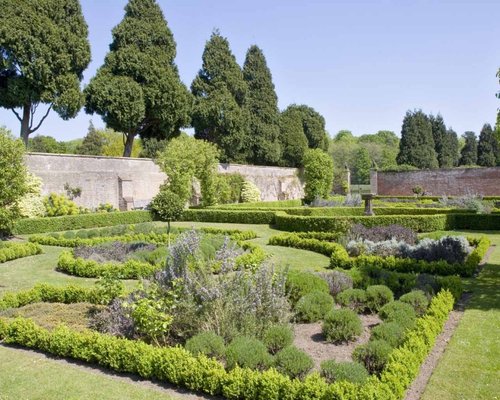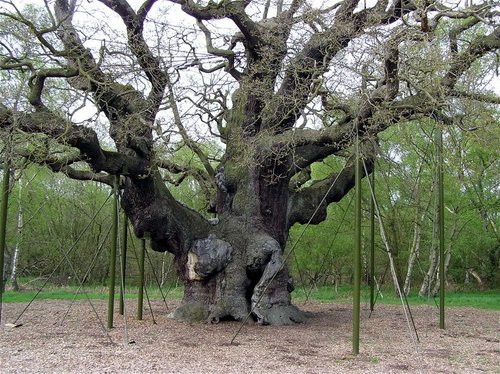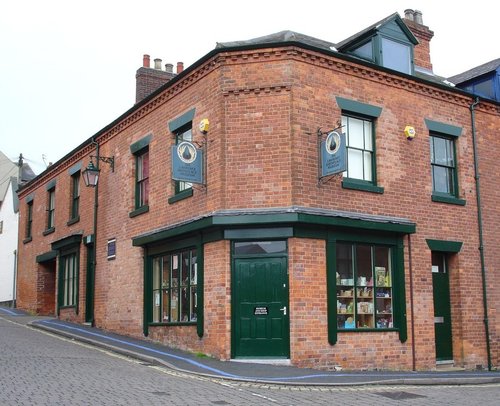Pictures of Mansfield
About Mansfield
This was once a town of just a few thousand inhabitants in the heart of Sherwood Forest. It developed rapidly into one of the most important industrial centres of the North Midlands following the end of World War II. During the war, both Mansfield and the surrounding region provided sanctuary for Midlander's fleeing the destruction of Hitler's bombs. These were mostly women and children, with girl's being sent to the country areas to work on the land.
However, prior to all of this a community had existed here from the very earliest of times, this was proven by a number of remarkable cliff dwellings discovered in sandstone along the road leading to Southwell. These are known as the Rock Houses, they were lived in right up until the turn of the 20th century. Legacies of Roman occupation have been found in the nearby village of Mansfield Woodhouse, these include coins dating from the time of Vespasian, and the remains of a villa indicate the position of the settlement.
Although there were no collieries in Mansfield, much of its 20th century prosperity came from the surrounding Nottinghamshire coal mines. It also gained stability from the production of hosiery, footwear and lace.
Modern day Mansfield offers visitors a pleasant experience, it has excellent shopping facilities and a range of places catering for leisure. There is a rich mixture of architecture, several modern shop fronts cover buildings of a more gracious age, this is particularly noticeable in Mansfield's lovely old Market Street and in the Market Place which is dominated by a huge memorial to Lord George Frederick Cavendish Bentinck. The market place Moot Hall was given to Mansfield by the Lady of the manor, the Countess of Oxford, of Welbeck Abbey, in 1752. Mansfield's neo-classical Town Hall of 1836 is a Grade II listed building which is about to undergo ambitious repairs and refurbishment. It is proposed that this will provide much needed office space for Mansfield's expanding commercial centre.
There remain many pre-Victorian buildings to be seen, these include fine Georgian properties in Westgate and the same street possesses the 16th century Cromwell House. The parish church of St.Peter lies a short distance from the Market Place, this has a fine Norman steeple, but is mostly of 14th century build.
A museum in the town centre recalls the history, heritage and folk-lore of Mansfield. However, one anecdote you may not get to hear of is the story of John Cockle, known as the Miller of Mansfield. He is believed to have entertained King Henry II after finding him lost in the woods. He had no idea of the identity of his guest, whom he fed on a huge pasty stuffed with Venison poached from the Royal forest! Fact or fiction, the tale is fun.
Mansfield gives easy access to the wild beauty of Sherwood Forest with its rich association with the legendry Robin Hood, Maid Marian and Friar Tuck. It is also close to several rivers, these include the Maun, Meden and Poulter, and Southwell racecourse lies within easy driving distance of the town.
